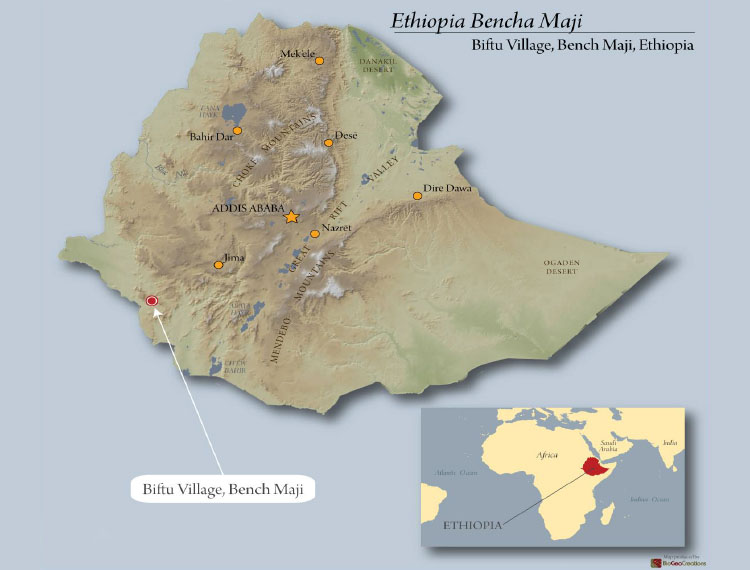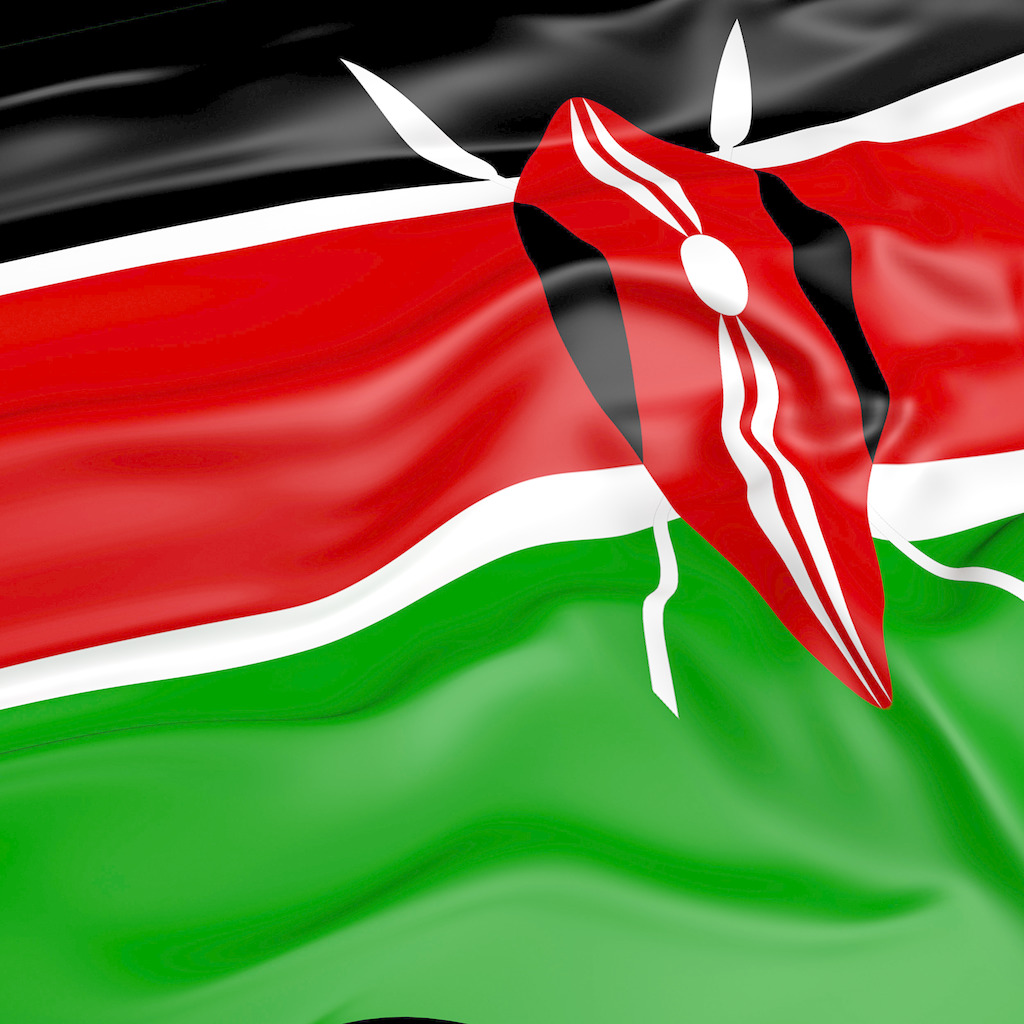Introduction of Salvado Elephant Bean Coffee Shalvadoca
Pacamara is a combination of El Salvador bourbon dwarf Pacas and elephant beans (pacas x Maragogype), with sour and sweet fruit, sometimes biscuit, sometimes fruit, good firmness and smoothness, suitable for eosinophiles, and the overall flavor is much better than that of elephant beans.
High viscosity, greasy feeling is its biggest feature, shallow baked acid similar to green apples, very domineering, so some people can not adapt, but can use slow stir-frying techniques to make the acid more round and smooth.
The sweetness is similar to the creamy taste of biscuits, the overall flavor is changeable and the amplitude is wide.
The origin of the variety
Pacamara is an artificial hybrid of Pacas and Maragogype, which was first bred by Salvadoran research institutions in the 1950s (mostly 1958). The new variety is considered to be the result of the pursuit of large grain Arabica species and inherits the good characters of the parent plant. Pacas, which has Bourbon lineage, is a native variety of El Salvador and inherits the excellent flavor of the ancient species of bourbon. It was first discovered in 1949. Maragogype is a variety of Typica that first appeared in Brazil. Because of its large bean body, it is known as "elephant bean" elephant bean.
Variety becomes famous
Pacamara is another example of making a name for itself through COE events. In the 90s of the 20th century, some farmers in the Chalatenango producing area of South Song in Charat, El Salvador began to grow Pracamara. In 2006, a farm in this producing area took part in the competition with Pacamara and got the second place. In 2007, a number of farms in the same production area took part in the competition with Pacamara and won the first, third and fourth places. The brilliant record made Pacamara win attention.
Variety producing area
It was first cultivated by El Salvador and is still the main producing area in El Salvador. In addition, there are also many plants in Central and American countries, such as Nicaragua.
Variety flavor
Keywords: chocolate chocolate, high alcohol big body, balanced balance.
From Qingdao Xiumen blog
Important Notice :
前街咖啡 FrontStreet Coffee has moved to new addredd:
FrontStreet Coffee Address: 315,Donghua East Road,GuangZhou
Tel:020 38364473
- Prev

Ethiopian Bancima Sunrose Summer Bancima Coffee Flavor Description Introduction Bancima
Flavor Description: Intense fruity flavours (strawberry, cherry), pure palate, light acidity, milk chocolate on the palate, medium body, variegated spice flavours. Bench Maji, located in southwest Ethiopia, not far from neighboring Sudan, is easy to find with Google map search. Gesha Estate
- Next

Characteristics of Kenyan Coffee producing areas introduction of Kenyan Coffee Flavor Kenya Coffee
It originated in Kenya in the 19th century, when Ethiopian coffee drinks were imported to Kenya through Southern Yemen. But it was not until the early 20th century that the bourbon was introduced by the St. Austen Mission (St.AustinMission). Kenyan coffee is mostly grown at an altitude of 1500m, 2100m, and is harvested twice a year. To ensure that only ripe berries are picked, people must
Related
- Does Rose Summer choose Blue, Green or Red? Detailed explanation of Rose Summer Coffee plots and Classification in Panamanian Jade Manor
- What is the difference between the origin, producing area, processing plant, cooperative and manor of coffee beans?
- How fine does the espresso powder fit? how to grind the espresso?
- Sca coffee roasting degree color card coffee roasting degree 8 roasting color values what do you mean?
- The practice of lattes: how to make lattes at home
- Introduction to Indonesian Fine Coffee beans-- Java Coffee producing area of Indonesian Arabica Coffee
- How much will the flavor of light and medium roasted rose summer be expressed? What baking level is rose summer suitable for?
- Introduction to the characteristics of washing, sun-drying or wet-planing coffee commonly used in Mantenin, Indonesia
- Price characteristics of Arabica Coffee Bean Starbucks introduction to Manning Coffee Bean Taste producing area Variety Manor
- What is the authentic Yega flavor? What are the flavor characteristics of the really excellent Yejasuffi coffee beans?

